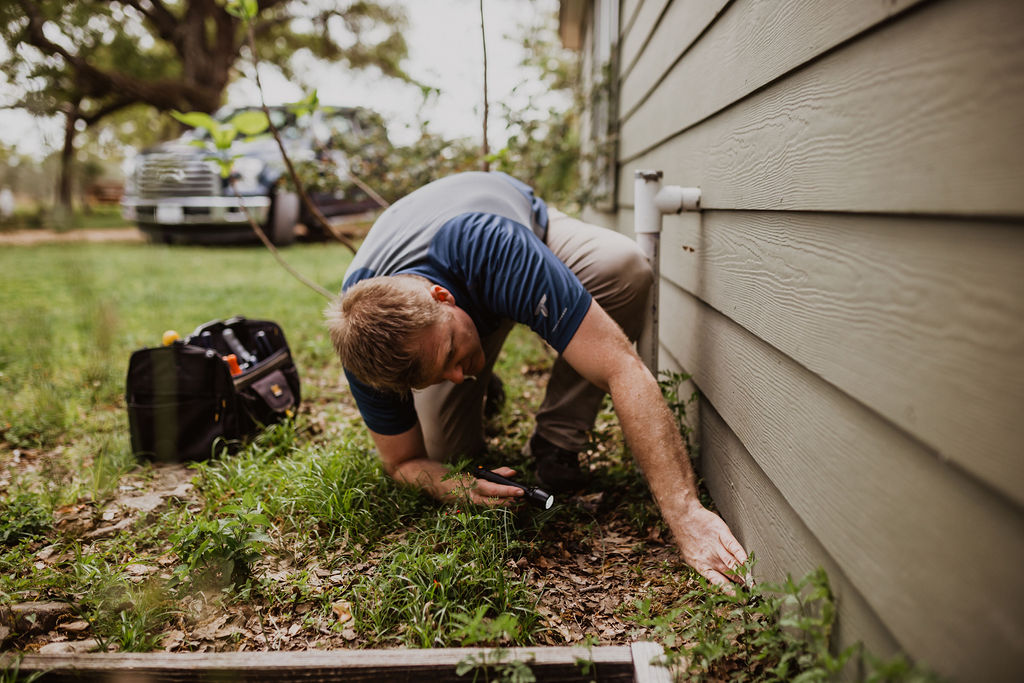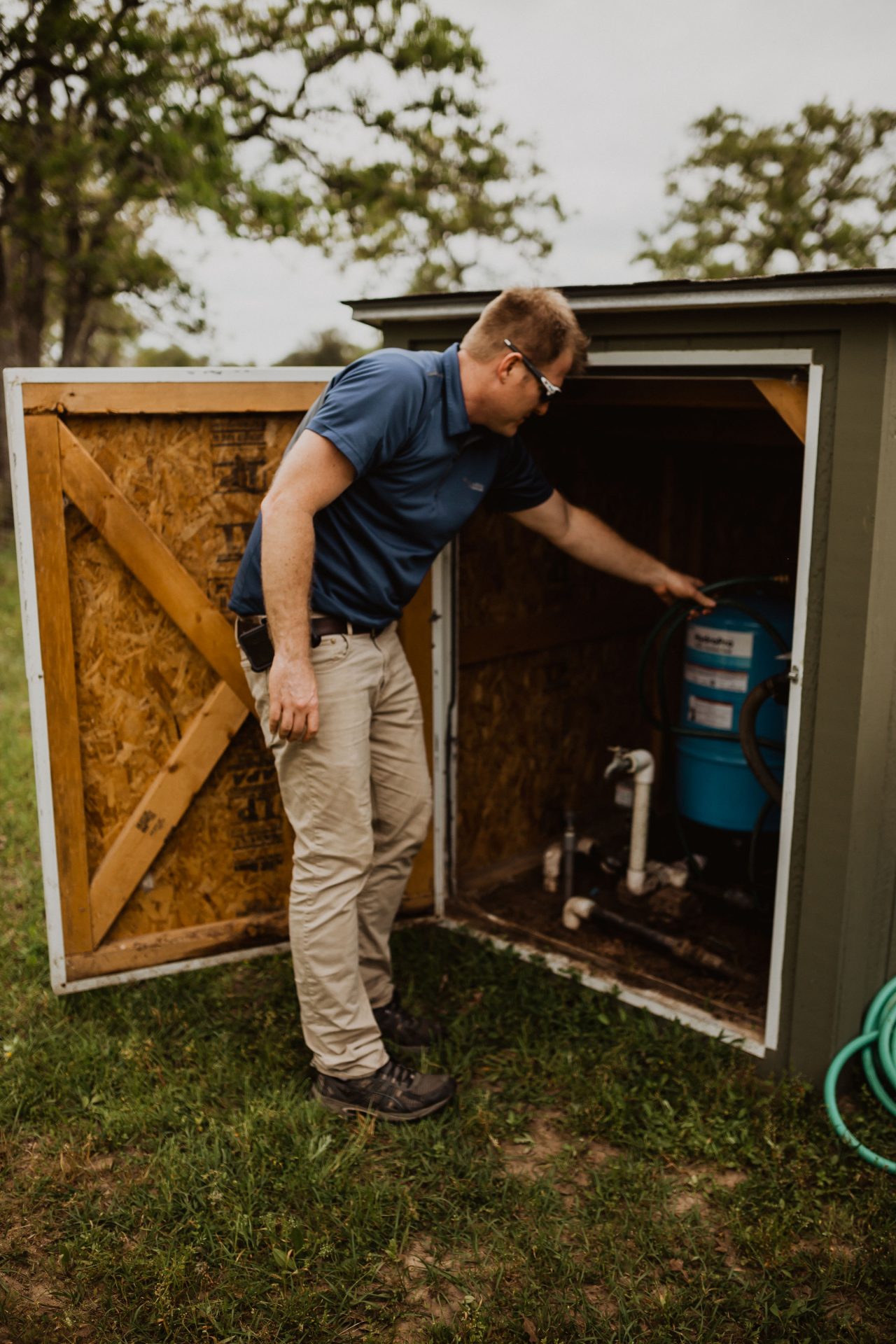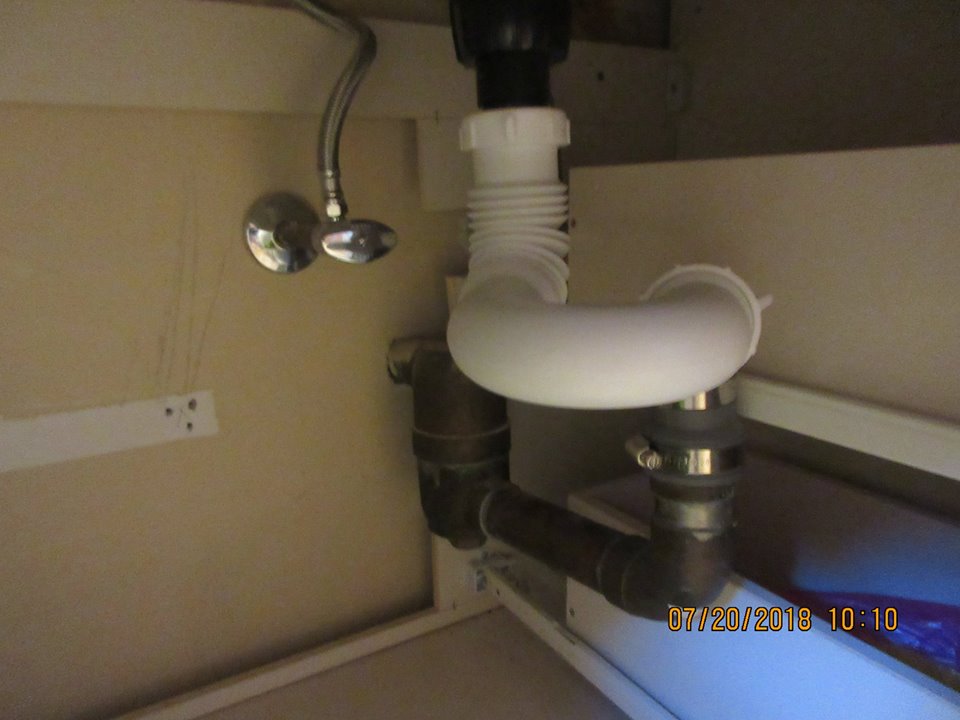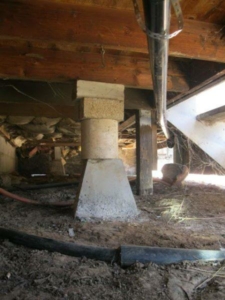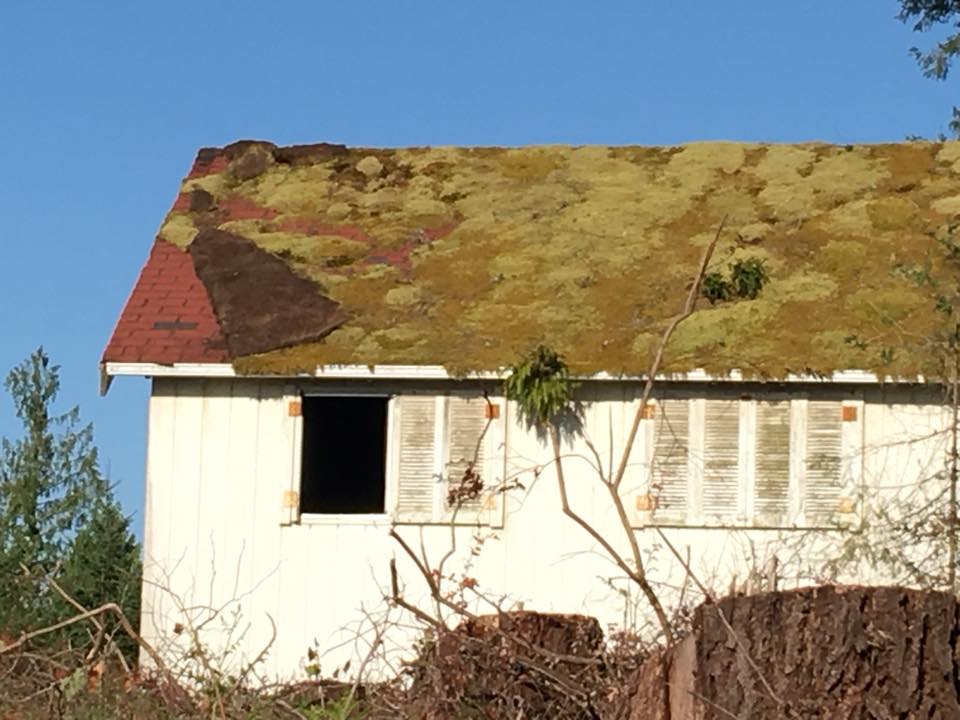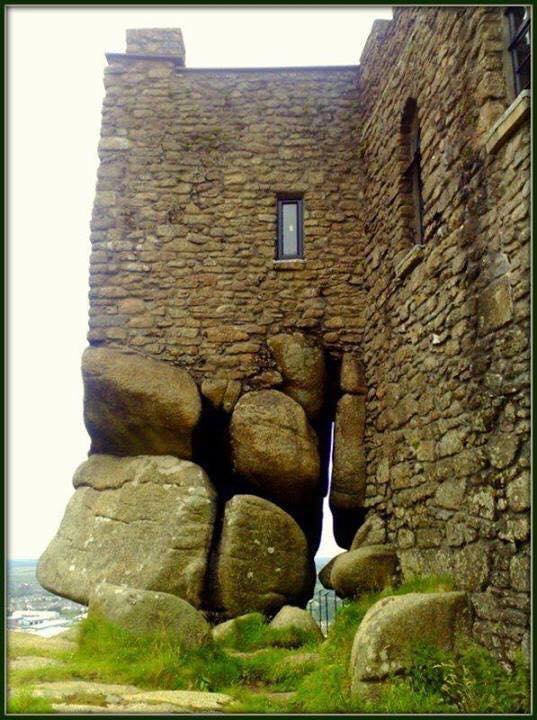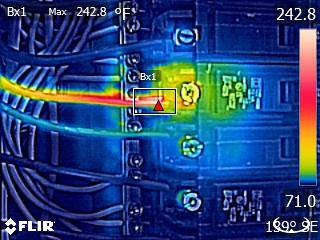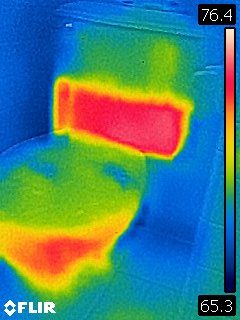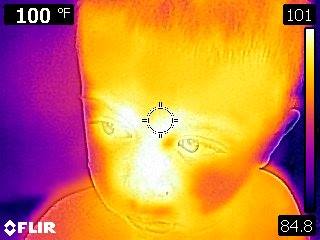Building a new home allows you to customize your living space to meet your needs and reflect your own style. You are investing time, energy, and money into the project with the expectation that it will be perfect when you move in. Because this is not always the case, you should always order a home inspection on new construction.
What You Can Learn From a Home Inspection on New Construction
The inspection process for a newly built home versus a pre-existing home is similar. The home inspector reviews many structural components and installed systems throughout the home. By ordering a home inspection on new construction, you will learn of any material defects, poor workmanship, and other issues that should be repaired before you take ownership.
1. A Thorough Inspection for Quality
Your new construction home will be inspected by a municipal building official to determine if it meets the minimum building codes. However, building codes only provide basic guidelines. A home inspector reviews the property for proper installation and functionality of systems, quality materials, and workmanship. Without a report from a professional home inspector, problems may remain unknown until they start to affect daily life over time.
2. Order a Home Inspection on New Construction at Multiple Phases
Ordering a home inspection after the home is finished is one option, but you can also request an inspection at each stage. Through the building process, materials will be installed over other materials, making some components inaccessible.
For example, insulation and drywall will cover the frame, pipes, and electrical wiring. With a multi-stage phase inspection, the inspector can review aspects of the home that will not be visible once the construction process is complete.
3. Avoid Warranty Hassles
Some people who are building a new home rely on a home warranty to cover construction defects. However, filing a claim under a home warranty is time-consuming and inconvenient since you’re living in the home while under coverage. Also, not all construction-related defects are identified before the warranty expires. When you know about issues before closing, you can address them before moving in so repairs are covered by the builder and completed before you move into the home.
A home inspection on new construction is important for understanding your newly built house. This service or phase inspections completed during multiple stages of construction will ensure your home is free from defects and safe for your family.
Dooley Home Inspection offers home inspections on new construction, new construction phase inspections, and other services. Contact us to request an appointment.

